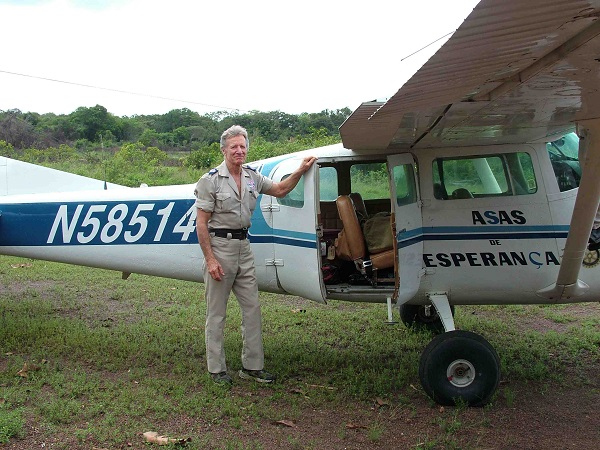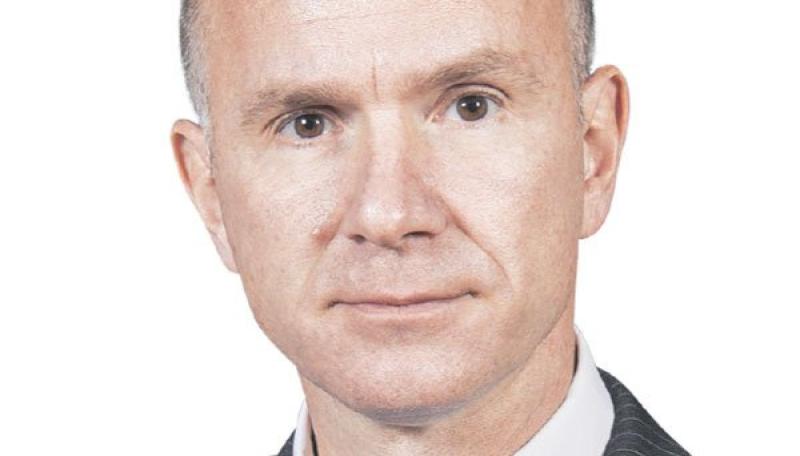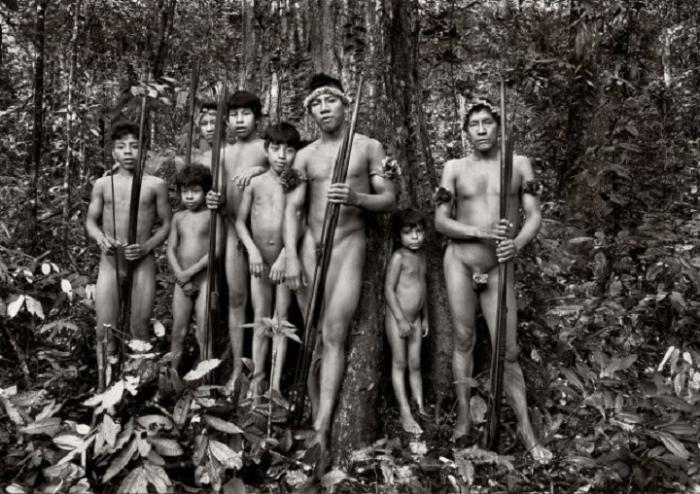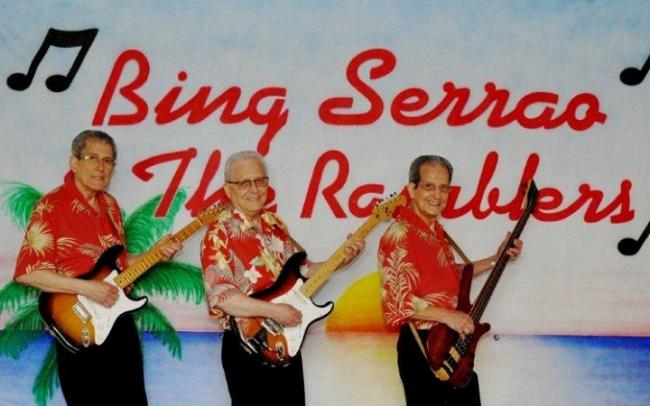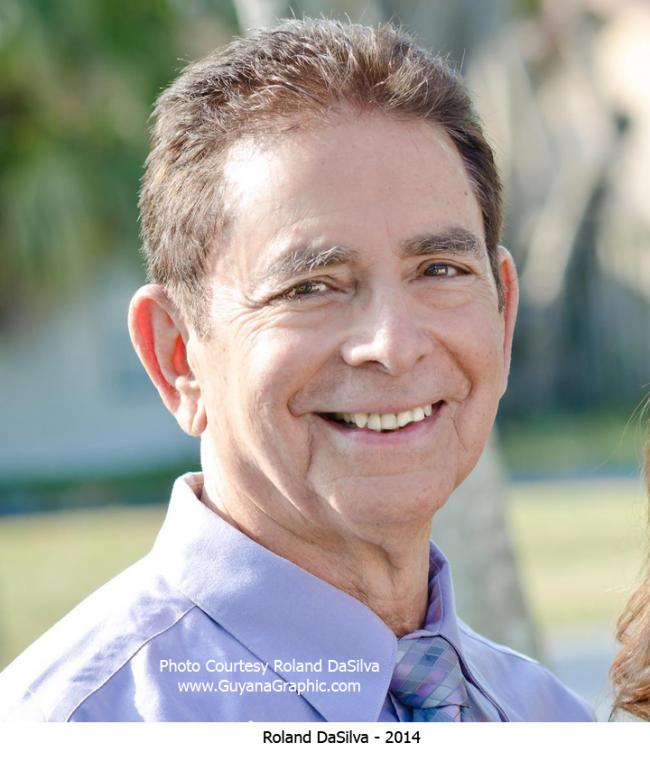This story is based on an entry I made in a journal in 1978. Hugh Allan Yearwood
Stan Brock, was my number one hero when I was a teenager and I’m sorry I never met him. When I first heard of him British Guiana was now Guyana and he was the long gone ex-manager of one of the most remote and largest cattle ranches in the world. During his time as a cowboy in the Amazon 4,000 of British Guiana’s 83,000 sq. miles were Dadanawa cattle range.
It began as a remote trading post set up in 1865 which was sold with 300 head of cattle in the late 1880s to H.P.C. Melville, a gold prospector and future legend who had wandered out of the dense Amazon jungle into the North Rupununi Savannahs several years before. He was lost and near dead of malaria when the Macusi Amerindians found him. Sadly, this is not a story about H.P.C. so, let me just say his now world famous ranch was sold in 1919 to investors and established as the Rupununi Development Company. My hero, the Amazon cowboy, wild animal wrangler and pioneer Amazon bush-pilot is also the author of “Jungle Cowboy” the book I read at 15. The book that predestined my future.
Today, many people the world over know Stan Brock as founder of Remote Area Medical missions. Before that, he had been a hugely popular TV nature and wildlife presenter as co-host on Mutual of Omaha’s ‘Wild Kingdom’ television series in the late 1960s and 70s. I knew nothing of it.
I was 15 in 1977 and my summer holiday to Barbados that year was memorable for four events. Not counting the culinary experience of Kentucky Fried Chicken and Coleslaw salad, that is. It was the first time I’d ever seen TV! There was no television in Guyana. No Mutual of Omaha’s ‘Wild Kingdom’. Not even in 1983, when I left for Europe, was there Mutual of Omaha’s ‘Wild Kingdom’.
Barbados was the first time I discovered love! Pure undiluted puppy love. Sandy was a pretty Polish girl from Buffalo, NY and she truly owned my heart. We listened to Neil Diamond, Island in the Sun and held hands as we watched the spectacular sunsets. I think we exchanged letters for almost a year afterwards. A tiny part of me still misses Sandy.
Barbados was the first time I’d ever swum in clear blue sea! Our sea in Guyana was always a turbid brown flow, thick with silt from the Amazon River that was further East up the coast. There’s a strong sea current in that part of the world that seems to be always in a big hurry to join the Gulf Stream North out of Mexico. It pushes all that roily brown water Westward against the wild and muddy South American coast. All along Guyana’s mucky coast to Venezuela’s Orinoco River delta and Southern Trinidad and Tobago where it makes for the Gulf. I used to curse our Guyanese ‘bad luck’ for that current. Everybody in the West Indies called us Mudheads and we had no tourism to boot!
Barbados was the first time I read “Jungle Cowboy” by Stan Brock. The book describes his time and adventures as a wild animal wrangler collecting specimens for British zoos, cowboy and manager at Dadanawa; bush pilot.
I learnt he’d only been a kid, like me, when he came out from England to seek his fortune in the colony. His book so inspired me that a year later I walked over from St. Stanislaus’ College in Georgetown to the offices of the Rupununi Development Company. It was the last day of school. Saints had broken up for the summer and I was on my way to get a job at Dadanawa Ranch. I wanted to experience the same adventures Brock had written about.
Up a dark and rickety flight of stairs, I went into the office of the Rupununi Development Company and I got lucky. Diana McTurk of Karanambo Ranch was in Georgetown. She was also chairman of the board of the company, the owners of Dadanawa Ranch.
I introduced myself and stated my mission. Diana listened to it all and turned me down with a dead serious face.
“You’re much too young to be out there in the South Rupununi all by yourself, Hugh.” The tall woman enounced in clipped Queens English. “Besides it’s the middle of the rainy season and we don’t want you drowning now, do we?”
“But…but…I can swim like a fish”, I protested. “My friends even call me ‘White Shark’.”
Silence. I was so disappointed I had nothing else to say to promote my dream.
Then a wonderful twinkle sparkled in her eye. “How about a summer job at Karanambo?” She beamed. The delight on my face was clear to see. Karanambo Ranch! Another legendary Rupununi ranch. It belonged to the McTurks and had been founded by her father Tiny McTurk. Tiny was a renowned angler of the world’s largest fresh water fish, the arapaima.
“I can take better care of you there,” she said. “We leave on the morrow, so go get ready.”
I spent the next two and a half months living and working as a vaquero with the Macusi Indians on Karanambo’s 500 sq. kilometres of open savannah range. Karanambo is set in the North Rupununi between the Kanuku Mountain Range in the South and the Pakaraima Mountain Range in the North. It stretches from the banks of the Rupununi River all the way to Toka, a Macusi village in the foothills of the Pakaraimas. It was here I heard mother nature singing what could have been the alluring sound of the Sirens in Homer’s Odyssey. A bloodcurdling, yet hauntingly, beautiful wailing like sound that seemed to come from inside the mountain behind Toka. The sound would come and go. On and off it wailed, enchanting me for hours before it abruptly stopped. Was it water flowing in the mountain’s bowels? Was it the wind swirling through secret caves? I never found out. ‘Spirits’,said the Macusi.
Summer of ’78 at Karanambo was a time of many adventures for me. Adventures that led to many of my later experiences in the bush as wild interior of Guyana is called.
Stan Brock continues to inspire me today and remains a remarkable man in many ways. He works to help get medical attention to people in remote areas of the world including the Rupununi and the surrounding jungle of the Amazon basin.
“We were 25-35 day’s march to the nearest town with no health care,” is how he describes why he founded RAM. His devotion to RAM is absolute. He has no family, earns no salary and he lives in a disused school that the city of Knoxville, Tennessee lets RAM use for one dollar. Stan is like a modern day Diogenes of Sinope who, himself living in a barrel, on observing a child drinking water out of its hands gave away his own cup saying “A child has beaten me in plainness of living.” At 72 Stan was taking showers in the courtyard of the school with a hose. Stan Brock, according to the CBS TV program“60 Minutes”, is as homeless as the Greek. He has no money of his own and lives his life almost like the Greek. But there are differences. While Stan sleeps in a school and not in a barrel in the marketplace, at age 72 the bush pilot was still flying one of RAM’s planes, a WW II C-47 that had flown on D-Day over the Amazon bringing medical relief to the jungle people.
While Stan Brock is my firm candidate for the Nobel Peace Prize, it is the McTurks’ Karanambo and not Dadanawa I have fond memories of.

